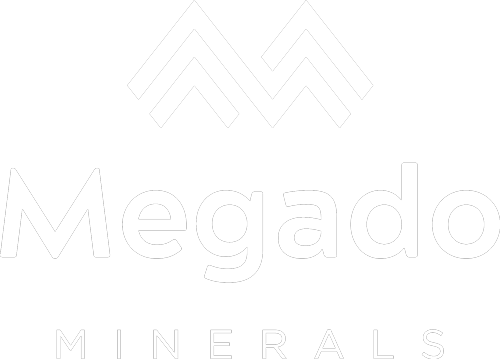CURRENCY: AUD
Significant Opportunity
- Control of an Entire 200k EW Belt
- Covering an area of 956km²
Many Historic High-Grade Mines
- Multiple high-grade historic mines across the belt
Applying Modern Exploration Techniques
- No exploration in over 40 years
- Opportunity to apply modern exploration techniques to target large sedimentary copper deposits with high-grade copper oxides and silver and copper-lead-zinc sulphides
Strategic EU Critical Mineral
- Copper is one of 17 strategic EU critical minerals under EU Critical Materials Act 2024
We are an ASX-listed mining exploration company focused on developing critical minerals projects important to Europe.
Iberian Copper Project
- Project located in Aragon and Navarra Provinces, targeting the North Spanish Oligocene region
- 956 km² permit area covering the entire mineable strike
- Control of an Entire 200k EW Belt
- Primary target is sedimentary (stratabound) copper mineral systems
- Copper is one of 17 strategic EU critical minerals under EU Critical Materials Act 2024
Read More
Cyclone Gold and Lithium Project
- Covers an area of 130km²
- Centered on the Aquilon Greenstone Belt
- The project is prospective for lithium, nickel and gold.
Read More
K lithium Project
- Covers 16km² and includes 35 claims within the La Grande Sub province
- Observations indicate pegmatites are present on the property with highly anomalous levels of lithium along with elevated levels of caesium, tantalum and rubidium
- These are ubiquitous indicators of LCT-type pegmatites fertile for lithium mineralisation.
Read More
North Folk Rare Earths Project
- Located 40 km north-west of Salmon in the Salmon‐Challis National Forest, Lemhi County, Idaho.
- Spans 499 mining claims across approximately 41km² in Idaho, USA
- Rare earth elements at the site are found in ancient underground rock formations
- These minerals are mainly concentrated in natural rock “veins” and have also been influenced by other geological processes over time.
Read More
Latest Announcements










